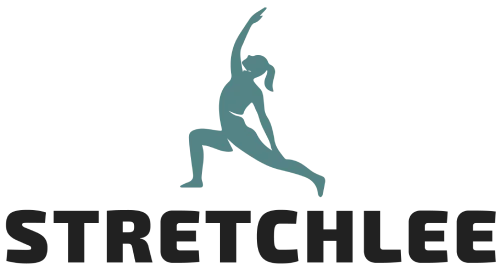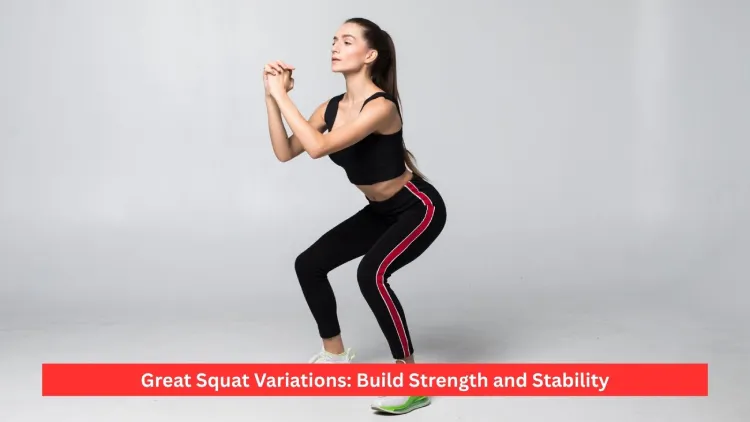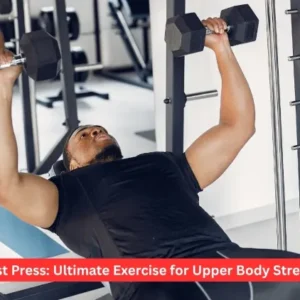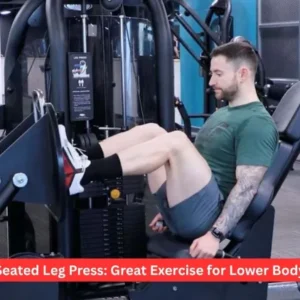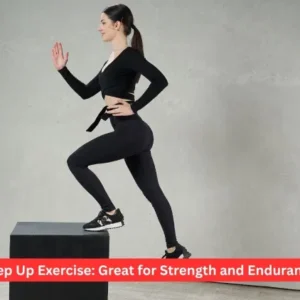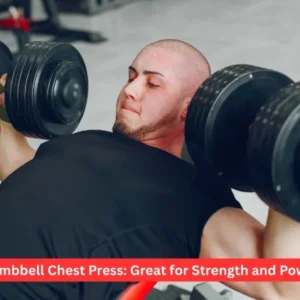Squat variations develop lower-body power, stability, and pliability. They use the quads, hamstrings, glutes, calves and core to produce complete stability of the body. Goblet to Bulgarian and Cossack squats have their distinct advantages, which enhance the bodily posture, blood flow as well, and provide health benefits to the joints, along with amplified fitness and body power.
What Are Squat Variations?
Squat variations can be seen as the variations of the classic squat where the specific muscles are to be guided, mobility is to be worked on, or challenges of strong and balanced work are to be put to the test. The simple squat targets the quadriceps, hamstrings and glutes, though variations such as the front squats, goblet squats and sumo squats involve more intensive engagement of your core, calves and inner thighs.
These are not only variations that are beneficial to those who are physically active, but they are also helpful to people everywhere. Natural posture practices of certain cultures, such as most of the Asian populations, involve squatting rather than sitting, and this keeps their hips bending and their joints mobile. It is also this squatting daily habit, which causes many Asians to sit in a deep squat, that can help to strengthen their legs and enhance digestion. On the other hand, Westerners tend to lack flexibility because of the sit-down lifestyle and the use of chairs.
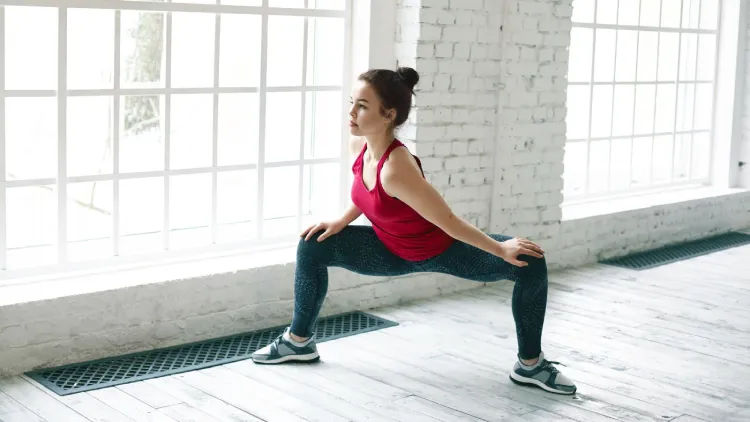
Squat Variations Advantages
1. Muscle Balance and Growth
All forms of squats target various muscles so that you can get a lower body to balance. As an illustration, split squats made in Bulgaria would be very good in isolating each leg as opposed to sumo squats that focus on the inner thighs and asses. With the practice, the glutes, thighs, and hips become naturally tight and enlarge with time.
2. Enhanced Liberation and Movement
Performing squat variations helps enhance the movement of the ankle, hip, and spine. Squats such as the Cossack squats or overhead squats make the adductors and hamstrings, as well as the shoulders, become flexible. That is why classic positions of squatting, such as the traditional Asian squat or Slav squat, are healthy to the joints in terms of their longevity.
3. Core Strength and Stability
There are numerous squat variations which involve a powerful and active core. The front squats, pistol squats and dragon squats test the balance and develop the muscle to stabilise, improve the posture and coordination abilities. Heavy lifts are also promoted with the help of a stable core, and back pains are alleviated.
4. Improved Performance and Posture
These variations of squat are used by athletes to enhance power, coordination and explosiveness. A 70 kg man can also develop strong leg development through a buildup of resistance, whose objectives are squatting a minimum of 1.25 x-1.5x bodyweight, i.e. 85 -105 kg, with training. A greater strength of the legs enhances the running speed, jumping and stability in daily movements.
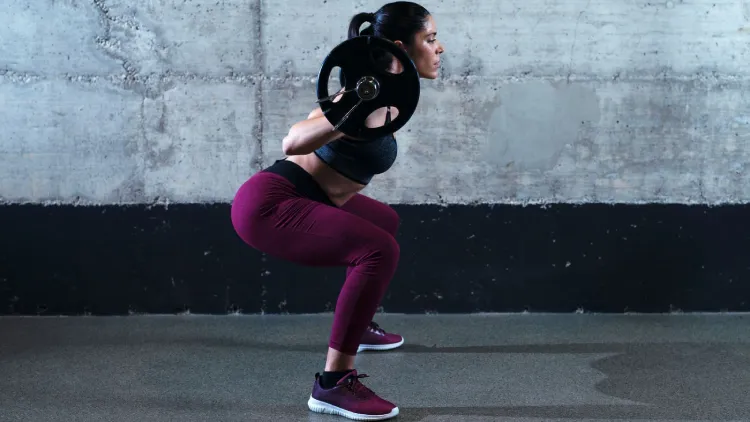
Best Variations of Squats
1. Bodyweight Squat
This exercise is the basis of any squat and trains endurance, as well as proper form. It also does the same thing as it warms one up to serious work during a training session. Even 100 squats per day of bodyweight working for 30 days may result in stronger endurance of the lower body, muscle tone, and fat loss, but the outcomes may vary with nutrition and rest.
2. Goblet Squat
The goblet squat is a squat that is often confused with the goblin squat, though you carry a dumbbell or kettlebell on your chest with the goblin squat. It is instructing in balance and ideal depth and works on quads and glutes. It is a terrific, easy-going exercise to build the genitals and enhance the posture.
3. Front Squat
This type of barbell would place the weight at the front, stressing the quads and core stability. It involves standing straight and being mobile. The front squats are amongst the most effective squat variations, resonating total-body strength when done properly, since the abs are activated better in squats as opposed to crunches.
4. Back Squat
This is referred to as the king of squats and is one of the strongest squats that help one build mass and strength. A 70 kg male athlete who wants to build them legs and power must struggle to squat at least 70kg on the back. This, in the long run, will aid in developing a formidable base of other lifts.
5. Sumo Squat
This is a squat where the thighs are involved and buttocks are involved. It is the favourite workout among women; it helps shape and cement the lower part of the body, making the butt appear rounder and more shaped. An exercise will make the pelvic area stronger and loosen the hips less tight.
6. Bulgarian Split Squat
It is a squat that is done on one leg, but with the help of a bench to raise the rear leg, making the front leg work harder. It is very efficient in the development of the glute and hamstring muscles and is regarded as one of the most difficult leg exercises. Bulgarian split squat accounts for better symmetry, stability, and balance.
7. Pistol Squat
This dynamic progress creates guilt, alacrity and crude leg stamina. Control and endurance It is commonly employed in callisthenics. When there is limited equipment, it is difficult, but the substitution of traditional squats can be done by pistol squats.
8. Jump Squat
Explosive activity enhances cardiovascular food supply and prepares muscle programs held quickly. Similar to sprinting, the jump squats are perfect in cases when a player requires a kind of speed and power. Nevertheless, you need to bring yourself down to save your kneecaps.
9. Overhead Squat
It is a full-body exercise that makes you squat, holding a barbell or a stick over your head. It improves flexibility and coordination as well as the stability of the shoulder. Squats with an overhead are widespread in Olympic training and are regarded as one of the most complicated types of squats.
10. Box Squat
The box squat is a good training in control and good depth. It is also a good exercise to do by novices who have issues with squat style. Straining by lifting heavier weights, this discrepancy allows you to get even bigger and heavier with time after creating optimal movement patterns.
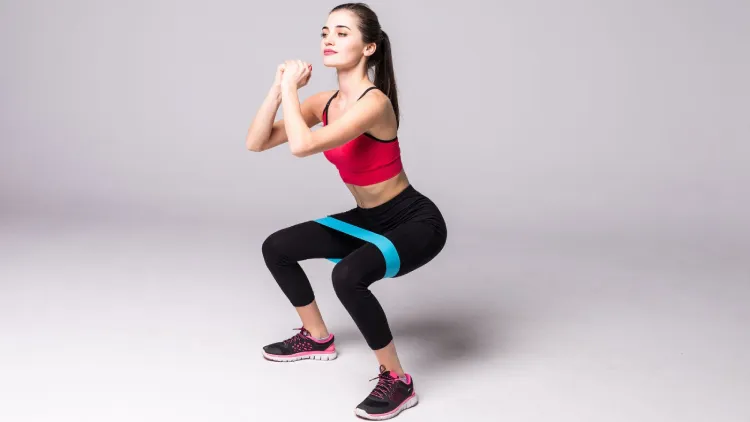
Other Unique Squat Variations
- Hindu Squats: Polish Indian squats involve a combination of squatting with the movement of the arms, enhancing stamina and endurance.
- Korean Squat: It simply involves squatting down, holding the hands of your partner to maintain stability, and balancing on the knees and buttocks is a nice workout involving quads and glutes.
- Cossack Squat: Side-to-side squat, which trains hip mobility and strength.
- Dragon Squat: It is a more difficult and extreme one-legged squat that requires excessive balance and control.
- German and King Squats: These are strength-oriented exercises that use heavy weights and a slow pace of exercise in developing the body.
A different advantage of each of these forms of squats is given: flexibility and the figures of the muscles, pure strength and stamina.
Should Squats Be Healthier Than Sitting?
Absolutely. The squat enhances circulation, involves the midsectional area, and also helps keep joints hydrated as compared to sitting, which may stiffen the hips and contract the butt muscles. As a matter of fact, squat toilets are considered more digestive and more postural. Squatting is a natural resting posture in most cultures, and this shows that its long-term health advantages were realised.
Walking or Squats?
The two are in their places and do not have the same purposes. Ten squats cannot replace a 30-minute walk — they inconvenience humans differently. Walking is also useful for cardiovascular health, and squats for strengthening and shaping. As an example, squats would give you the equivalent amount of energy as 10,000 steps, yet use much more of the muscle. Squats can be supplemented by such exercises as lunges or donkey kicks to make the lower body even lighter in weight.
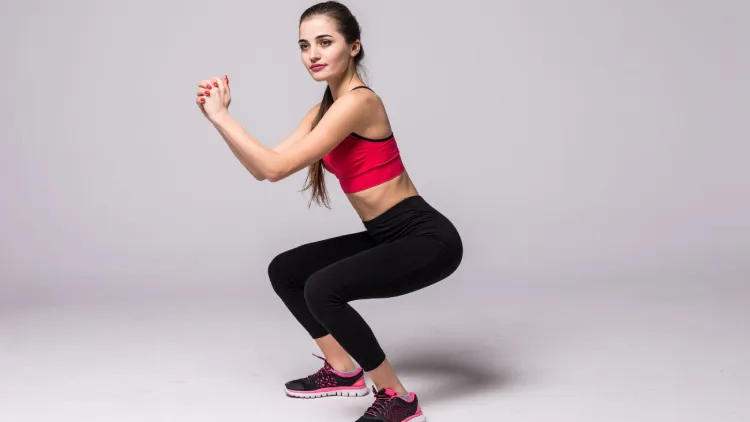
Speed and Frequency of Training
The difference between doing squat variations is in accordance with whether you want to explore slow or fast.
- Fast squats are beneficial in increasing athletic performance and power.
- Slows minimise the tension periods of muscle development.
Zipping squats each day will definitely inform your glutes and hips are you get those combined with an energy-rich dietary plan. Nevertheless, the failure to rest may result in fatigue or diminishing returns. The vast majority of individuals begin to get results after squats in 3-6 weeks of regular training.
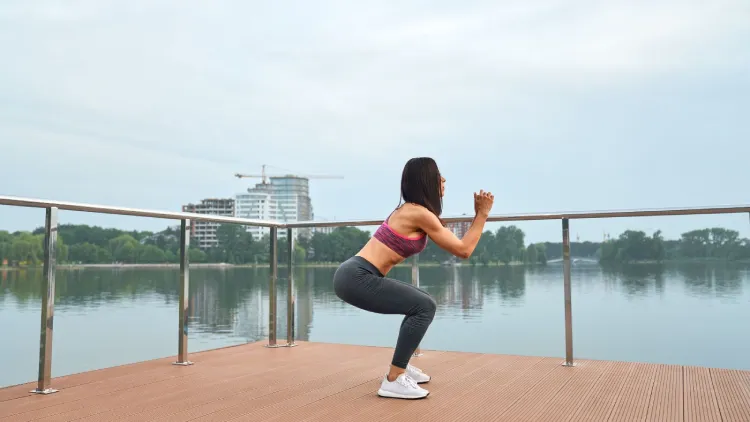
Why Women Love Squats
Squats help shape the hips and tone the legs, as well as improve posture — aspects that make them a favourite among many women. In addition to beauty, the squat variations will enhance bone build-up, self-confidence, and bodily well-being in general. But other individuals will come to realise that they have a smaller butt because fat is burning away quicker than muscle building has been, and try to add resistance or nutrition changes to correct that.
Side Effects of Doing Squats
Squats are not harmful, but improper form may lead to knee or even lower back strain. To cause joint discomfort, I might use improper depth, too much weight or fail to warm up. The trick is to achieve expertise and to develop over time.
Final Thoughts
Squat variations are not an exercise, but a result: muscular, endurance, and flexibility. They are healthier than sitting, more efficient than the majority of cardio to make the lower body shape, and can be implemented for any fitness level. Goblet squat, Bulgarian squat, or Cossack squat, all are good accomplices.
Incorporating a variety of squats into your training routine will enable you to have strong legs and butt, not just to add a new level of mobility, pose, and health benefits in the long run. Then pick up your dumbbells or, with bare hands, your own body weight – and squat yourself to a healthier, stronger, happier you.
Frequently Asked Questions
1. How do I do a proper squat?
Set the shoulders as wide as the hips, keep the back and chest as one sitting. Keep toes and back straight, keeping knees inflated.
2. Do squats increase wide hips and buttocks?
Yes. Regular variations such as Bulgarian split squats and sumo squats would tighten and make your antrums firm.
3. What will be the time to notice the effects of squats?
In 3-6 weeks of regular training and proper nutrition, you will feel strong and you will have good tone.
4. Are squats variations effective for a novice?
Yes. Begin with squats with bodyweight (or goblet squats) and warm up to such advanced exercises as Cossack squats and Bulgarian squats.
